Moel Siabod via the Daear Ddu Ridge: A Nuttall Worth the Climb
I’ve orchestrated my working life around a four-day week — the idea being that day five is for freelance work, leaving the weekend free. It used to be a 3:2 balance between contracted and freelance work, but since Covid and my heart attack, I’ve been gradually scaling back the freelance side of things. This year it shifted to 4:1 and it’s working well.
The freelance work is never quite that predictable, though, so I sometimes end up doing it in the evenings or at weekends, and sometimes there is none to be done. I’m trying to lean as much as possible towards the latter these days so that I have a proper 4-day week and 3 days off.
This week, I struck lucky. No freelance work needed doing, and with the bank holiday coming up, I had a glorious four-day weekend ahead. Even better, Friday looked like the last decent weather window before the forecast changed — perfect timing for a quick solo hike.
Setting Off for Siabod
Anna was working, so I dropped her off, made sure the contractor doing some work at home was sorted, then headed north into Eryri. I wanted a relatively short walk — one that offered a bit of scrambling, and a Nuttall to add to my list. Moel Siabod ticked all the boxes: dry weather, good rock, a stand-alone summit not easily combined with others, and a tempting-looking ridge scramble. Recently, most of my trips have involved multiple Nuttalls, but I’ll have to tick these isolated summits off at some point and today seemed like the perfect opportunity.
By mid-morning I was parked in a layby on the A5, just south of Pont Cyfyng. The sun was shining, a cooling breeze was blowing, and Siabod was looking mighty fine in the distance.
Through Woodland and Quarry
Within moments of parking, I was off. A short stretch along the road took me across Pont Cyfyng, where the waterfalls were little more than a trickle. We’ve had one of the driest springs in memory, and rivers across Wales are running painfully low — some have dried up entirely. The Afon Llugwy still had a trickle of flow, and the pools looked inviting enough for a dip.
The route climbed steeply through cool, shady woodland. Birds sang, butterflies danced among the wildflowers, and my calves started burning already. I skirted a farm track and rejoined the road near Siabod Holiday Cottages, where a climber was loading ropes into his car.
I climbed a stile and joined a rocky track that aimed straight at the summit. Siabod loomed ahead, an imposing presence. Moel Siabod means ‘shapely hill’ in Welsh, and its solitary location makes it a prime viewpoint. Despite standing alone, it’s the highest peak in the Moelwynion range and offers one of the best panoramic views in Eryri — from Snowdon to the Carneddau and even across to Cnicht and beyond.
In the distance, a couple of walkers were just visible, while behind me another pair weren’t far behind. My inner competitor stirred and I subconsciously had my sights set on catching those ahead of me and not being overtaken. I maintained a strong pace, therefore, despite sore calves and the occasional shooting pain in my shins!
Rhos Quarry and the Climb
I rounded a small lake — no penguins, sadly — but a cuckoo called from the woodland below.
Soon I was overtaking a solo walker and heading for Rhos Quarry, an old slate quarry with dramatic spoil heaps and eerie, water-filled pits. It’s one of many remnants of the slate industry that once defined this region. Quarrying here peaked in the 19th century, and although the tools and noise have long gone, the landscape still bears the scars — now silent and strangely beautiful.
As the terrain steepened, the couple ahead of me kept their lead, and the ones behind weren’t far off. The terrain became a little more rocky and the path was narrower now and I was finally starting to catch the two I’d been chasing before they disappeared around a corner. The paths were dusty and bone dry — at times it was hard to tell if I was walking a trail or a dry streambed.
As I rounded the corner I could see that the two people I’d been chasing were running along the less steep paths here — trail runners, not walkers. No wonder I couldn’t catch them on the flats. But on the steeper ground, I closed the gap. They slowed, I pressed on, and soon I wasn’t far behind them.
I crested a rise and could see across the undulating plateau ahead of me and towards Llyn y Foel and the Daear Ddu Ridge on the skyline. They were running once again on this easier terrain. I did break into a little trot here and there myself as I made my way across what would usually be a bog. Today, it was almost bone dry. This took me over to more rocky trails as I was almost at the base of the ridge scramble up towards the summit of Moel Siabod.
The Daear Ddu Ridge Scramble
We crested a rise and the ridge to Siabod opened out ahead. I began the scramble up Daear Ddu — the “Black Ridge” — just as I overtook the runners.
Trying to look composed, I smiled and said, “Morning. Lovely day for a stroll.” Then, without breaking stride, I turned right and placed a hand on the rock to begin the ascent. I think they were a little taken aback that an old-man ‘out for a stroll’ had overtaken them despite the fact that they were ‘running’. They followed suit and started up the scramble as well, so I had to keep the pace high and couldn’t really stop.
The scramble was delightful — never technical or exposed, but full of good-quality rock and route choices. I paused now and then to take in the views south and to photograph the ridge. The Daear Ddu ridge offers not just a rewarding scramble, but also a window into the deep volcanic history of North Wales. The ridge is formed from tough volcanic rocks — mainly rhyolites and andesites — that erupted during the Ordovician period, around 470 million years ago, as part of the Capel Curig Volcanic Formation. These ancient lavas and pyroclastic deposits have since been altered, uplifted, and sculpted by ice and erosion. The silica-rich rhyolites are highly resistant to weathering, giving the ridge its rugged, blocky character and stepped profile. During the Ice Age, glaciers carved through the softer surrounding rocks, leaving behind sharp ridges, steep cwms, and the dramatic scenery that defines Daear Ddu today. It’s a classic example of how geology shapes the very character of the mountain.
It was now midday, and I thought of stopping for some lunch, but I then noticed that the summit wasn’t that far off. I decided, therefore, to push on to hit the top and then stop for lunch after that.
A Summit and a Pause
The trig point at Moel Siabod (872 m) arrived quicker than expected. From the top, I took in the spectacular view — the full Snowdon Horseshoe where I’d been just last weekend, Tryfan, the Glyderau, and the Carneddau all laid out in sharp detail. It’s a brilliant panorama from a peak that stands alone — the highest in the Moelwynion range, and one of the best viewpoints in the whole of Eryri.
I noticed the trail runners had stopped partway up the climb — clearly no longer chasing me. I dropped down a little from the summit and found a grassy knoll to sit, eat lunch, and take off my shoes. Bliss.
Flying Descent
After a short rest, I was up again and heading down the northern slopes. The trail was dry, rocky, and fast. I hadn’t intended to jog, but I was feeling quite spritely now, fully refeshed, refuelled and revitalised. I was skipping down the hillside, flowing from rock to rock.
The sun was still shining, and I was getting a bit of a sweat on as I flew down the mountainside. I overtook a few more people and skirted around a few groups who were heading up. Another couple who were moving fast were also passed as I made my way down off the open slopes towards more wooded ground where another cuckoo could be heard. As the path entered woodland again I was grateful of the shade. The route now followed a forest road down to the Afon Llugwy where I kept the pace high. The pools looked increasingly tempting — had I been with Morgan, I’m sure we’d have stopped for a dip.
Instead, I continued on, crossing a little footbridge over yet more inviting pools, and emerged back onto the A5. I thought about heading to Café Siabod, but decided to collect the car first and drive over.
Final Tally
All in all, the whole route took less than three hours, with a moving time of about 2.5 hours. A decent pace, a fresh scramble ticked off, and a new Welsh Nuttall added to the list — bringing my total to 108 out of 189.
Not bad for a Friday.
I grabbed a drink and a Snickers from Café Siabod and began the 1 hour 45-minute drive home, where I finished the day with a shower, inspected the new gravel area along the drive that the contractors had put in place while I was out and the sat chlling in the garden — the perfect start to a long weekend.
2 Responses
-
[…] that was a fun long weekend. After scrambling up Moel Siabod on Friday, the weather did indeed change. The sun disappeared on Saturday, but it was replaced by a […]
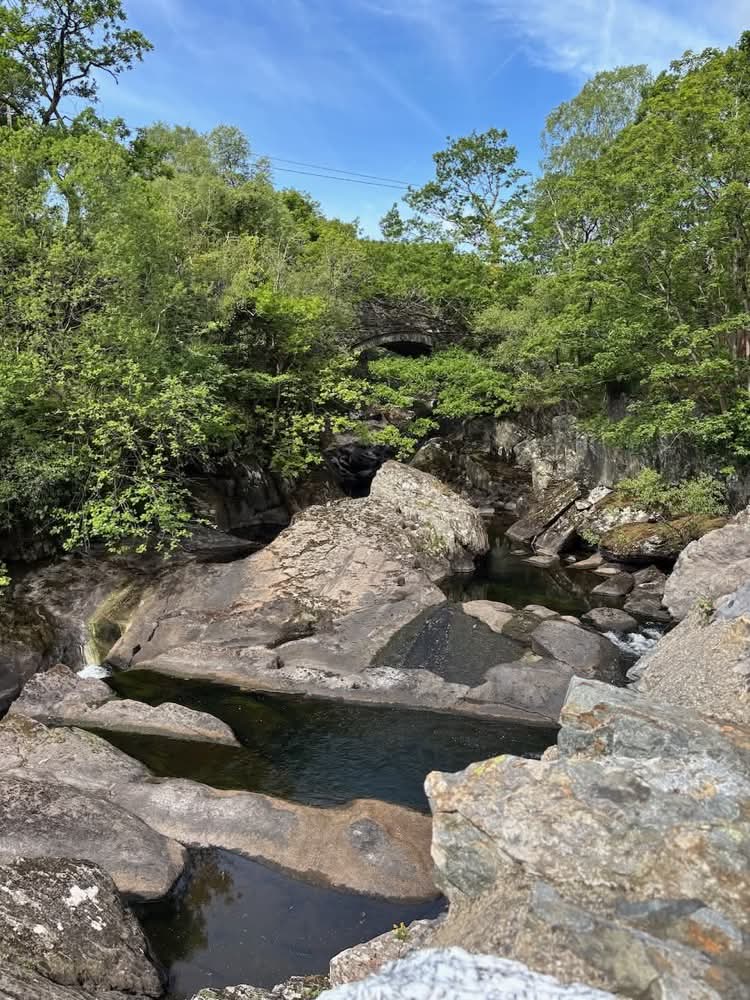
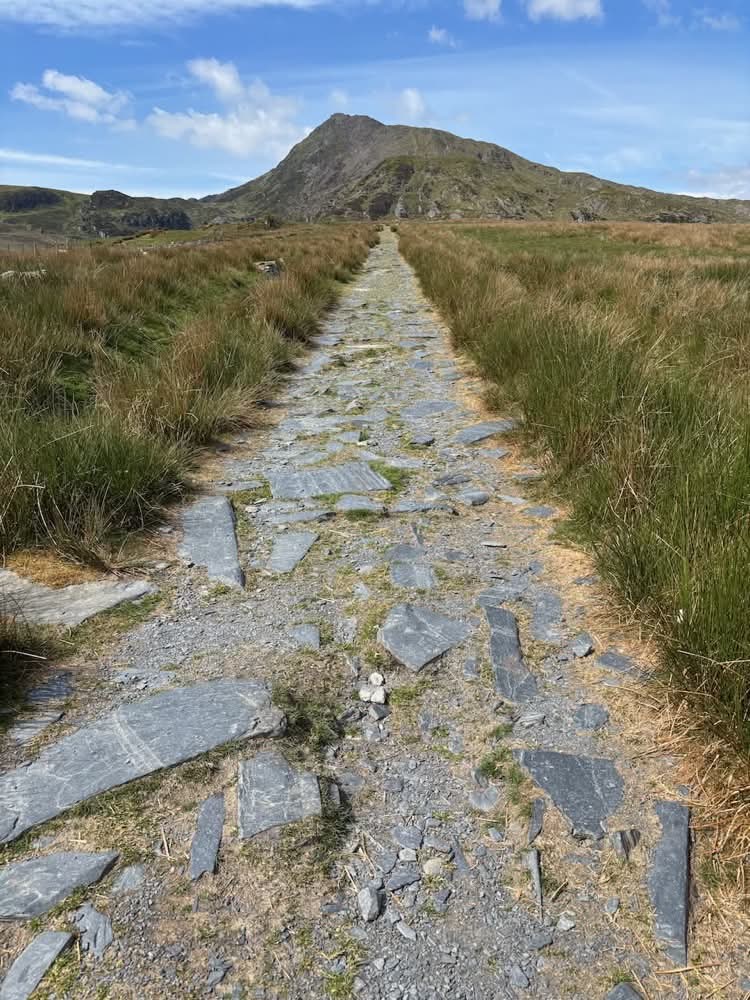
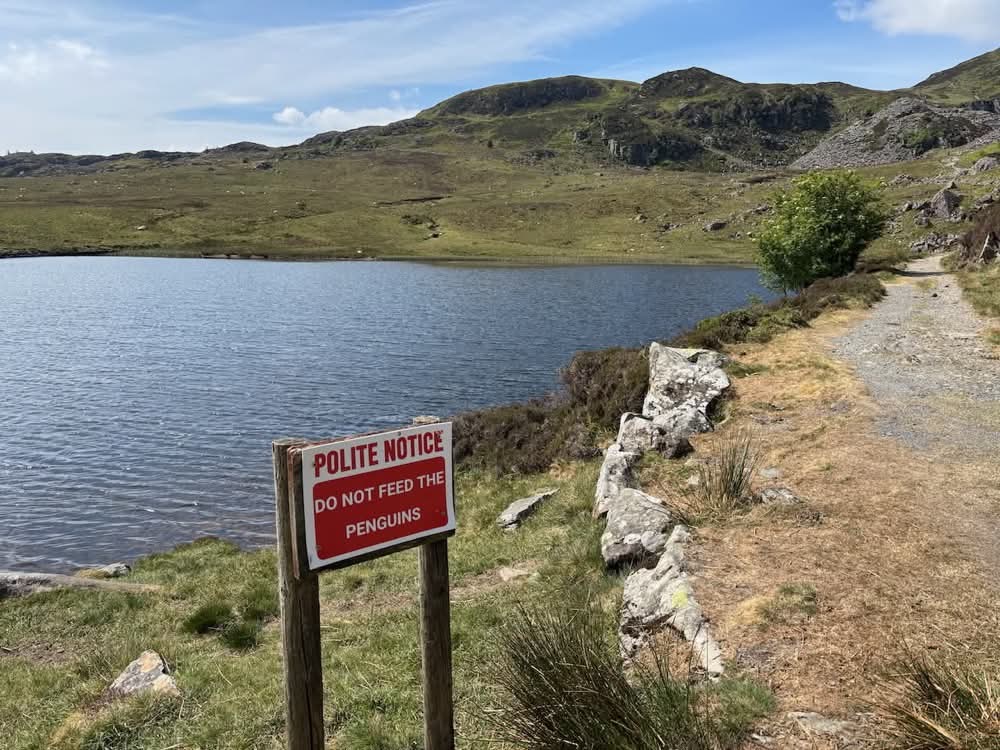


















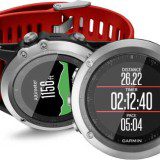
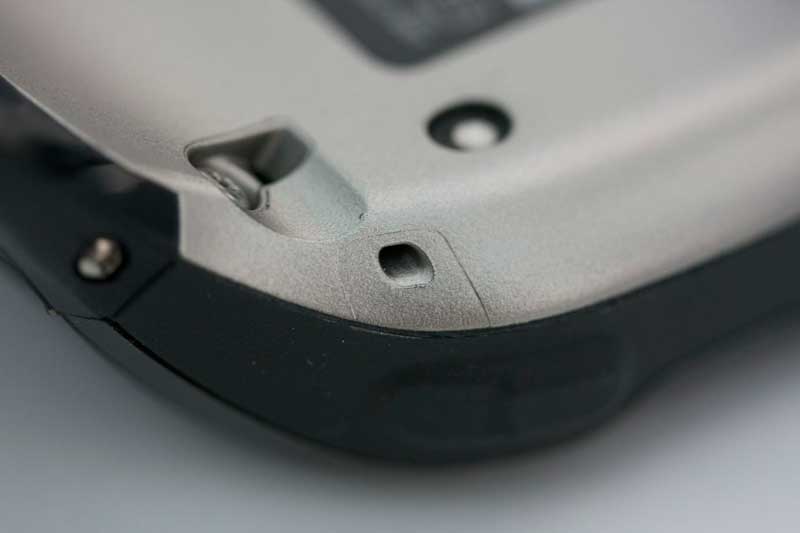









Looks like a good day all round
Shame you didn’t see any penguins though
Glad to see you still have a competitive streak!